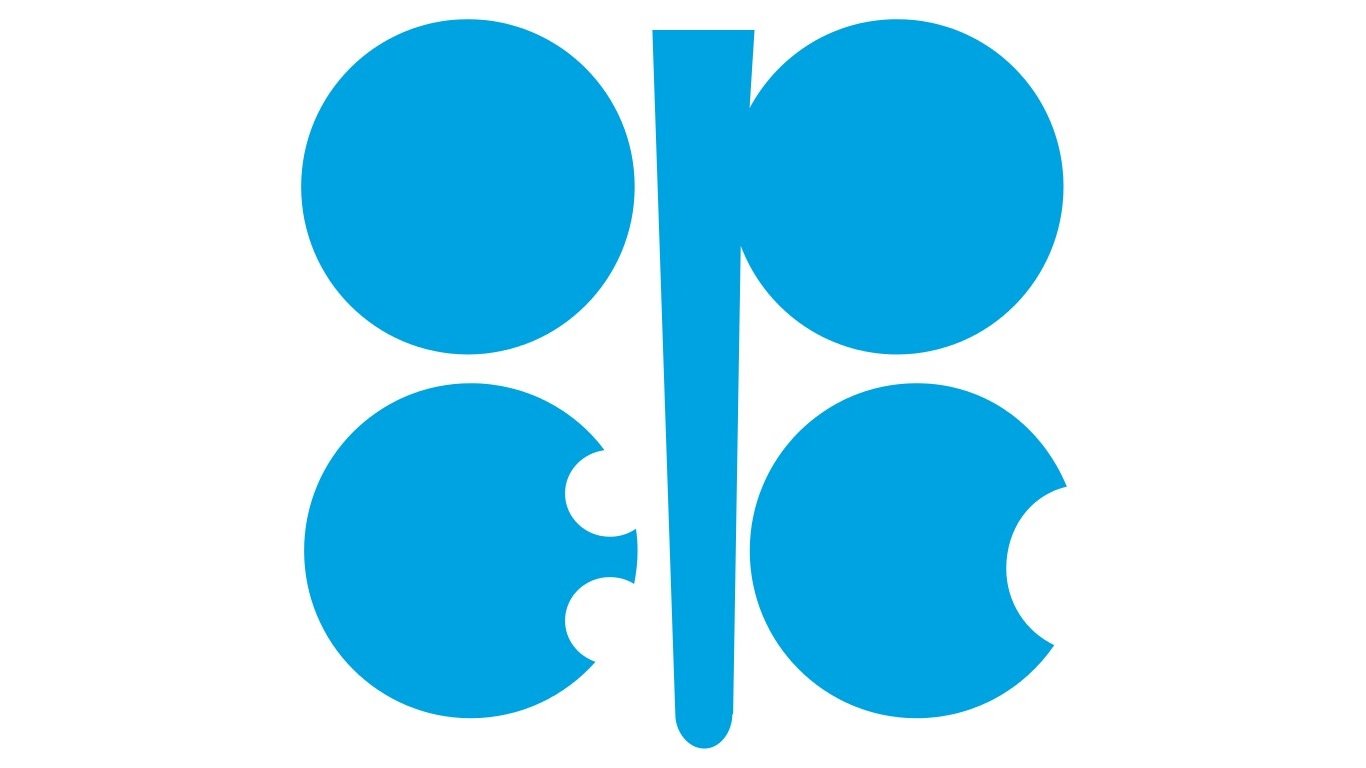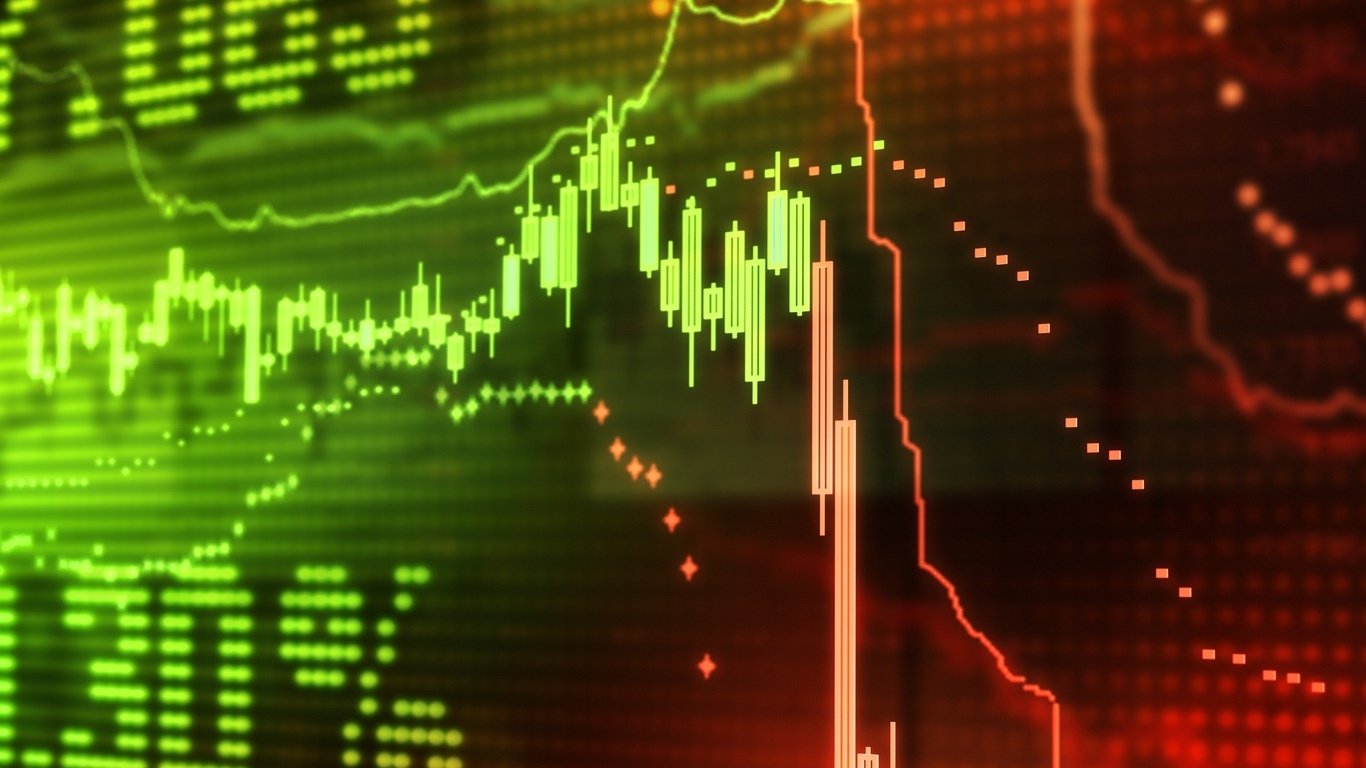

There was a time when any pronouncement on the oil market from Vienna, home of the Organization of the Petroleum Exporting Countries (OPEC), was parsed with nearly the same care as a Federal Open Market Committee announcement. The cartel continues to dutifully supply the monthly reports, but they don’t get much attention.
The primary reason for that is the close relationship that OPEC’s de facto leader, Saudi Arabia, has formed with Russia. The Saudis have long gotten their way in decisions about OPEC production levels with only a little noisy pushback from main antagonist Iran. Now that Iran is once again the subject of harsh U.S. sanctions, even that voice has been reduced to a whisper.
In early July, Russia and Saudi Arabia agreed at a G20 ministers meeting in Osaka, Japan, to further cuts in crude production ahead of the regularly scheduled OPEC meeting set to begin the following week in Vienna. OPEC’s monthly reports have become just another data point with no special meaning to oil markets.
What is now important is the state of the global economy. In its August report, OPEC forecast global demand to rise year over year by 1.1 million barrels a day in 2019 to 99.92 million barrels and to rise by 1.14 million barrels a day in 2020 to 101.05 million barrels a day. There is a catch, however:
This forecast is subject to downside risks stemming from uncertainties with regard to global economic development. The OECD region is estimated to be in positive territory in 2020 as OECD Americas is projected to show growth, while OECD Europe and OECD Asia Pacific are projected to decline. However, non-OECD countries are forecast to continue to account for most of the growth at 1.05 mb/d. China and Other Asia are anticipated to lead demand growth both in the non-OECD region.
Except for the bit about demand slowdowns in Europe and Asia Pacific, the rest of this could just be wishful thinking. Demand for crude oil in the Americas is down half a point this year (98,000 barrels a day), according to the cartel’s August report. Gasoline demand is down 1.6% (149,000 barrels a day) and diesel oil demand is down 5.4% (232,000 barrels a day).
The U.S. Energy Information Administration (EIA) reported Friday that U.S. refinery runs have fallen for the first time in 10 years. Gross input to refineries is expected to drop from a record-high 17.3 million barrels a day last year to 17.0 million in 2019. U.S. refining capacity in July was 18.8 million barrels a day, and even the fire at Philadelphia’s PES refinery only reduced that total by 335,000 barrels a day.
Even more likely to affect OPEC’s rosy forecast for the Americas is the end of the summer driving season in the United States. In another two weeks, U.S. kids are going back to school and families are not going to be traveling much. Not that they have been in the first place. Last week the U.S. stockpile of crude oil rose by 1.6 million barrels, while gasoline stockpiles fell by 1.4 million barrels. But commercial crude inventories remain 3% above the five-year average for this time of year, and gasoline inventories remain 4% above the five-year average. Supply is up, demand is down and pump prices are 22 cents a gallon lower than they were last year at this time.
OPEC has to pin its hopes for demand growth on China and, to a smaller extent, India. Take a look at what OPEC had to say about China’s demand for this year and the next:
Projections for China’s oil demand in 2019 and 2020 are firm and strong, largely driven by stable economic growth and further development of the petrochemical and transportation sectors. Middle distillates are anticipated to lead demand growth for products with jet fuel also contributing. Diesel fuel will be positively affected by the low baseline estimate for 2019 plus a slight pickup in other sectors. Light distillates, particularly LPG, are also projected to provide strong support for oil demand growth in 2020. However, factors to be closely monitored include economic developments, the extension of emission-reduction programmes, and the continuation of fuel substitution with natural gas.
The cartel has packed a lot of potential downside into that last sentence.
OPEC expects crude oil demand growth in China to increase by 350,000 barrels a day this year and another 320,000 barrels a day next year. As we noted on Thursday, Saudi Arabia is sending a lot more oil to China these days, so the Saudis are already betting that they can pick up lasting market share in China. In a roundabout way, however, Iran is keeping its pipeline to China as full as it can in the face of tough U.S. sanctions.
India’s projected demand growth comes primarily for gasoline. According to OPEC’s August report, crude demand is down 77,000 barrels a day this year, while gasoline demand is up by 83,000 barrels a day, a jump of nearly 11%. Saudi Aramco’s $15 billion investment in Indian refiner Reliance Industries provides Aramco with another bit of market share in a global market that is likely to continue shrinking as economic conditions worsen and fewer autos are sold.
When people turn to electric vehicles in a few more years (as they are forecast to do), not the Saudis or Russia or any other country or company is going to be able to stop the decline in demand for oil.
OPEC has acted for decades now as if it has the same clout it had in the 1970s and 1980s. The shale revolution in the United States ended OPEC’s hegemony, and the cartel has failed to lift crude prices either by flooding the market and driving out competitors that can’t produce at the same low costs or by withholding oil in an effort to drive prices up as customers are forced to pay more.
U.S. production responded to both those weapons, and now OPEC is nearly out of bullets. All it has left is time. Will U.S. shale production decline as some have predicted, or will it be able to match low-cost crude production of Russia and OPEC and keep the playing field level?
Essential Tips for Investing: Sponsored
A financial advisor can help you understand the advantages and disadvantages of investment properties. Finding a qualified financial advisor doesn’t have to be hard. SmartAsset’s free tool matches you with up to three financial advisors who serve your area, and you can interview your advisor matches at no cost to decide which one is right for you. If you’re ready to find an advisor who can help you achieve your financial goals, get started now.
Investing in real estate can diversify your portfolio. But expanding your horizons may add additional costs. If you’re an investor looking to minimize expenses, consider checking out online brokerages. They often offer low investment fees, helping you maximize your profit.
Thank you for reading! Have some feedback for us?
Contact the 24/7 Wall St. editorial team.
 24/7 Wall St.
24/7 Wall St. 24/7 Wall St.
24/7 Wall St.

